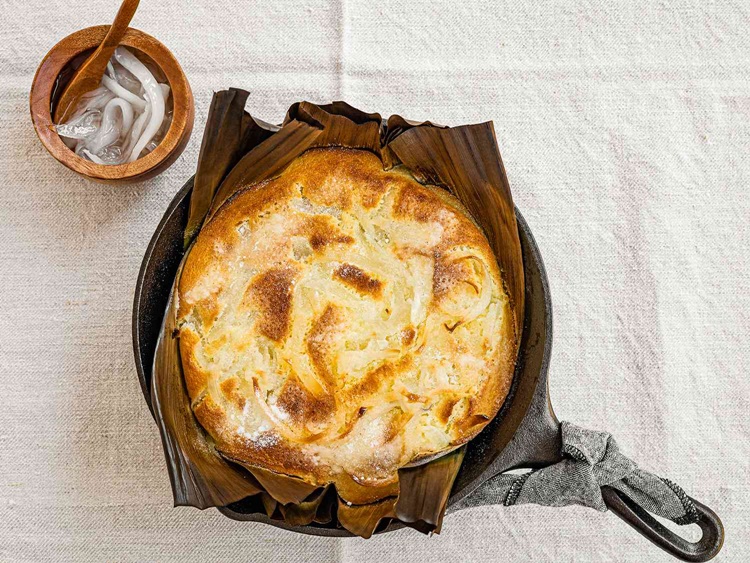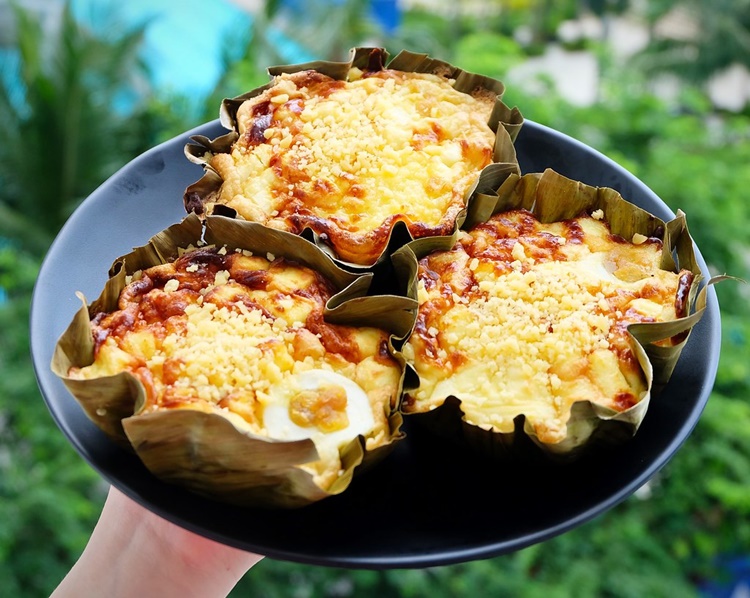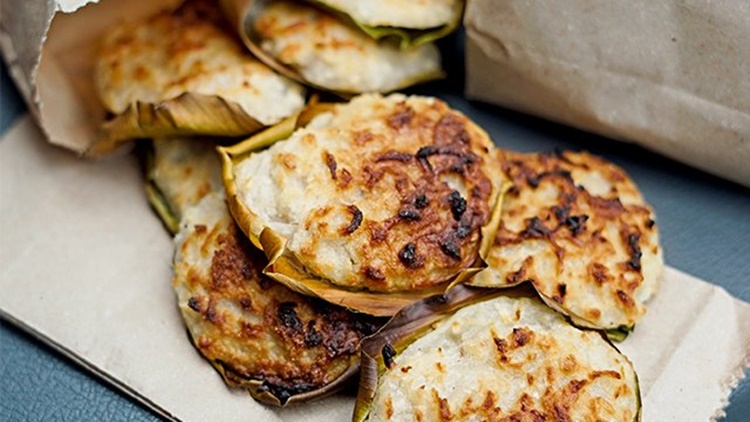BIBINGKA – Here is the story behind this delicious Filipino rice cake that some of us probably didn’t know.
Bibingka is a beloved Filipino rice cake that holds a special place in the hearts of many, especially during the Christmas season. It is a traditional rice cake from the Philippines, typically enjoyed for breakfast or as a snack.
Its unique flavor and texture have made it a favorite, particularly during the festive months of the year. Known by different names in various regions, bibingka is a versatile dish with a rich history.

The appeal of bibingka lies in its unique preparation and delightful taste. Made from rice flour, coconut milk, and often topped with salted eggs and cheese, this rice cake is both simple and rich in flavor. It’s typically cooked in banana leaves, which give it a distinct aroma and taste, setting it apart from other rice cakes.
History
This rice cake is believed to have roots in Southeast Asia. The name “bibingka” likely comes from the Malay word “bingka,” which refers to a similar type of cake. Over the centuries, bibingka has evolved, incorporating influences from various cultures, including the Spanish, who introduced new ingredients like butter and cheese.
Origin
Though the exact origins of bibingka are unclear, it is widely accepted that the dish has been part of Filipino culinary traditions for centuries. Originally, it was made by fermenting glutinous rice overnight, which was then ground into a batter. This traditional method gave bibingka its distinct texture and flavor.

· Ingredients
- Rice flour
- Coconut milk
- Sugar
- Butter
- Eggs
- Toppings: salted eggs, cheese
· Procedure
- Mix the rice flour, coconut milk, sugar, butter, and eggs together.
- Stir until the mixture forms a smooth batter.
- Pour the batter into a pan lined with banana leaves.
- Add toppings like salted eggs and cheese before baking.
Traditionally, bibingka is cooked using a method that involves clay pots and hot coals.
Traditional Method
- Cook in clay pots over hot coals.
- Place additional coals on top to ensure even cooking.
Modern Method
- Use a conventional oven for baking.
- Note that the flavor may differ slightly from the traditional smoky taste.
Bibingka has many regional variations, each with its own twist on the classic recipe. Some versions include additional ingredients like jackfruit, young coconut, or even durian, offering a variety of flavors to suit different tastes.

